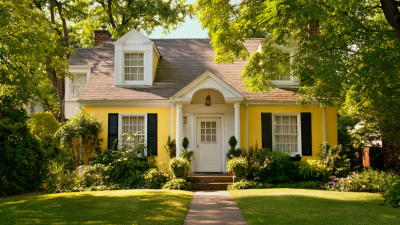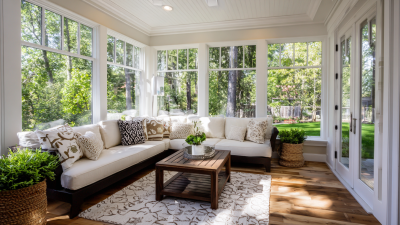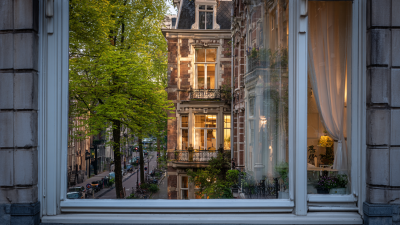In recent years, the architectural landscape has witnessed a remarkable transformation with the emergence of "all glass" innovations, which are redefining modern building aesthetics and functionality. According to the International Energy Agency, buildings account for approximately 36% of global energy use, prompting architects to seek sustainable solutions that harness natural light while maintaining energy efficiency. The use of all glass facades not only enhances the visual appeal of structures but also promotes passive solar heating and cooling, thereby reducing reliance on artificial lighting and HVAC systems.
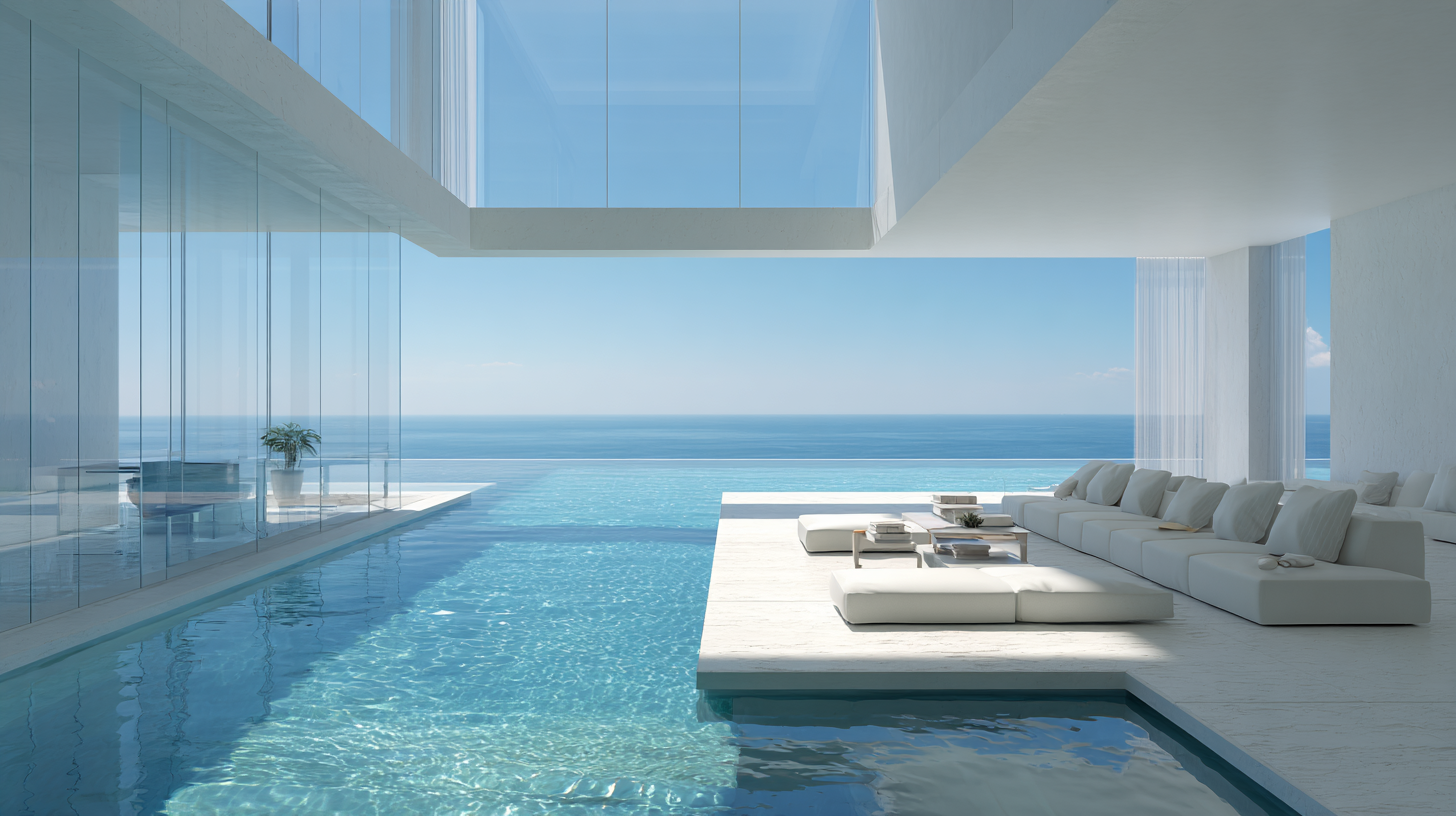
Furthermore, the Global Glass Market Report indicates that the demand for glass in construction is projected to grow by over 5% annually, highlighting a clear trend towards transparency and openness in urban environments. As we delve into the intricacies of all glass design, we will explore the challenges and innovations that such architectural choices entail, paving the way for a new era of sustainable and visually stunning structures.
The adoption of all-glass designs in modern architecture has revolutionized the way buildings interact with their environment. One of the most compelling benefits of these designs is their ability to maximize natural light, which enhances the well-being of occupants. According to a study published by the U.S. Green Building Council, buildings that utilize abundant natural light can reduce energy consumption by up to 30%. This shift towards energy efficiency not only has a positive impact on the environment but also translates to significant cost savings for building owners over time.
Moreover, all-glass structures provide greater aesthetic appeal, allowing for expansive views and a seamless connection between indoor and outdoor spaces. Research by the International Journal of Architectural Research highlights that such transparency can improve the overall market value of properties, with glass-facade buildings commanding up to 20% higher prices compared to traditional designs. This emphasis on visual openness aligns with contemporary trends in urban design, promoting a sense of community and enhancing the overall experience of both residents and visitors. As cities continue to evolve, the role of all-glass innovations in shaping modern architecture becomes increasingly vital.
This chart illustrates the benefits of all-glass designs in contemporary buildings. The data compares various factors influencing the adoption of all-glass designs, showcasing their advantages in terms of energy efficiency, aesthetic appeal, and market trend relevance.
In recent years, the integration of glass in modern architecture has transformed the way we approach structural engineering. According to the "Global Glass Market Report" by Allied Market Research, the glass market is projected to reach $785 billion by 2027, driven largely by innovations in architectural design and materials. These advancements not only elevate aesthetic appeal but also enhance energy efficiency and sustainability in buildings. For instance, the use of low-emissivity (Low-E) glass allows for better thermal insulation, reducing energy consumption by up to 30% in some cases.
Innovative techniques for implementing glass in structural engineering have opened up new possibilities. Structural glass, which includes laminated and tempered varieties, is now being utilized in load-bearing applications, such as glass bridges and staircases, providing both strength and transparency. A report from the American Institute of Architects noted that projects incorporating structural glass have seen a 15% increase in overall safety ratings due to the material's inherent ability to withstand extreme weather conditions and seismic activity. As architects continue to push boundaries, the role of glass in structural applications will undoubtedly expand, offering multifunctional designs that combine beauty with functionality.
The use of glass facades in modern architecture not only enhances aesthetic appeal but also plays a crucial role in maximizing natural light within spaces. When designed thoughtfully, glass can transform mundane environments into vibrant areas filled with sunlight, improving both mood and productivity. Architects and designers must consider several factors to effectively utilize glass in their projects.
One critical consideration is the orientation of the building. Positioning large glass panels to the south can capture sunlight throughout the day, providing brightness in workspaces and living areas. Additionally, using high-performance glazing products can help regulate temperature and reduce glare, making interiors more comfortable.
Tips: When designing with glass, consider incorporating overhangs or awnings to control sunlight exposure during peak hours. This prevents overheating and contributes to energy efficiency. Furthermore, integrating operable windows within glass facades allows for natural ventilation, enhancing air quality and the overall experience of the space.
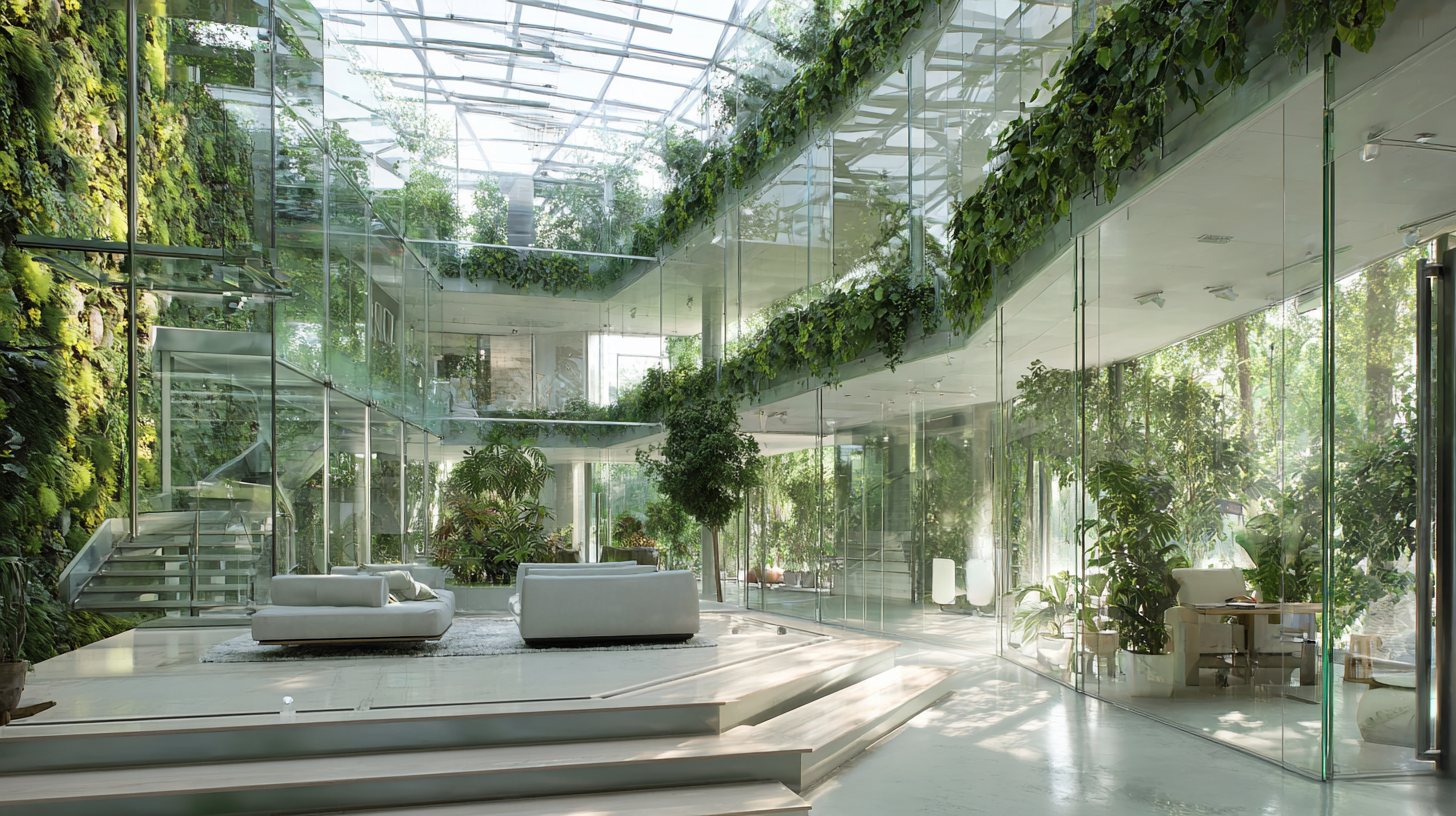
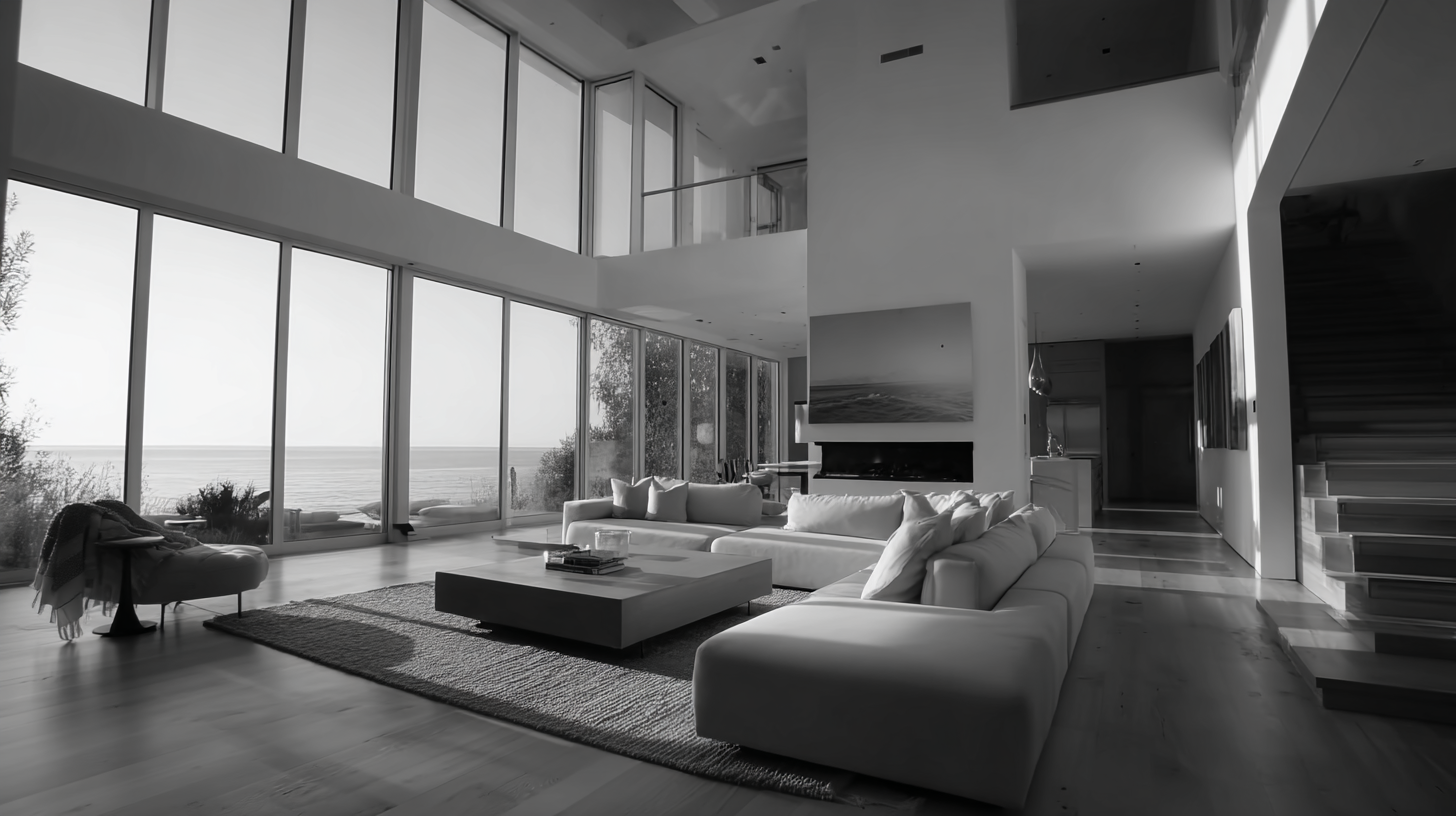 The integration of all-glass innovations into modern architecture exemplifies a significant shift toward sustainability practices. As architects and designers increasingly prioritize eco-friendly solutions, the use of glass as a primary material not only enhances aesthetic appeal but also contributes to energy efficiency. Advanced glass technologies, such as low-emissivity coatings and triple glazing, reduce heat loss and improve insulation. This ensures that buildings remain energy-efficient, using less power for heating and cooling while taking advantage of natural light.
The integration of all-glass innovations into modern architecture exemplifies a significant shift toward sustainability practices. As architects and designers increasingly prioritize eco-friendly solutions, the use of glass as a primary material not only enhances aesthetic appeal but also contributes to energy efficiency. Advanced glass technologies, such as low-emissivity coatings and triple glazing, reduce heat loss and improve insulation. This ensures that buildings remain energy-efficient, using less power for heating and cooling while taking advantage of natural light.
Moreover, all-glass structures often employ smart technologies that regulate light and temperature, further minimizing their carbon footprint. By implementing passive solar design principles, these buildings can harness the sun's energy for heating, thus decreasing reliance on traditional energy sources. The incorporation of biophilic design elements, such as integrating natural surroundings and maximizing views, creates a connection between occupants and the environment, promoting well-being. These sustainability practices in all-glass architectural innovations signify a forward-thinking approach, paving the way for greener, more resilient urban landscapes.
In recent years, all-glass innovations in modern architecture have transformed the skyline of cities around the world. However, these avant-garde projects come with their own set of challenges. One major hurdle is thermal performance. According to a report by the American Society of Heating, Refrigerating and Air-Conditioning Engineers (ASHRAE), all-glass facades can increase energy consumption by up to 40% compared to traditional building materials. This necessitates advanced energy management systems and state-of-the-art glazing technologies to enhance insulation while minimizing glare and heat gain.
Another significant challenge is structural integrity. All-glass buildings must withstand weather conditions, seismic activities, and potential impact forces. The Glass and Glazing Federation reported that adhering to strict regulations and performing extensive safety testing is crucial to ensure the longevity of these structures. As architects and engineers push the envelope, implementing cutting-edge software modeling tools can aid in predicting real-world performance and aid in design optimization.
Tips: When embarking on all-glass projects, it is essential to collaborate with experienced consultants who specialize in glass technology and building physics. Regular site inspections and using high-performance materials can mitigate risks associated with weather and structural failures. Finally, consider incorporating renewable energy sources to offset the higher energy demands of all-glass constructions.
| Innovation Type | Description | Benefits | Challenges | Sustainability Impact |
|---|---|---|---|---|
| Structural Glazing | Use of glass as a structural element to provide uniform aesthetics. | Enhanced natural lighting, aesthetic appeal. | Higher costs, need for skilled labor. | Promotes energy efficiency through natural light. |
| Smart Glass | Glass that can change its properties according to environmental conditions. | Energy savings, privacy on demand. | Tech limitations, high installation costs. | Reduces reliance on HVAC systems. |
| Glass Facades | Transparent exterior walls made predominantly of glass. | Visual connectivity with surroundings, modern look. | Heat gain/loss management, structural integrity concerns. | Utilizes daylight, reducing lighting needs. |
| Glass Partitions | Dividers made from glass to separate spaces without sacrificing openness. | Flexibility in space design, sound reduction options. | Fragility, less privacy. | Can be made from recycled glass, promoting sustainability. |
| Insulated Glass Units (IGUs) | Glass units designed to provide thermal insulation. | Improved energy efficiency, reduced UV exposure. | Costly to replace, condensation issues. | Minimizes energy consumption in buildings. |


